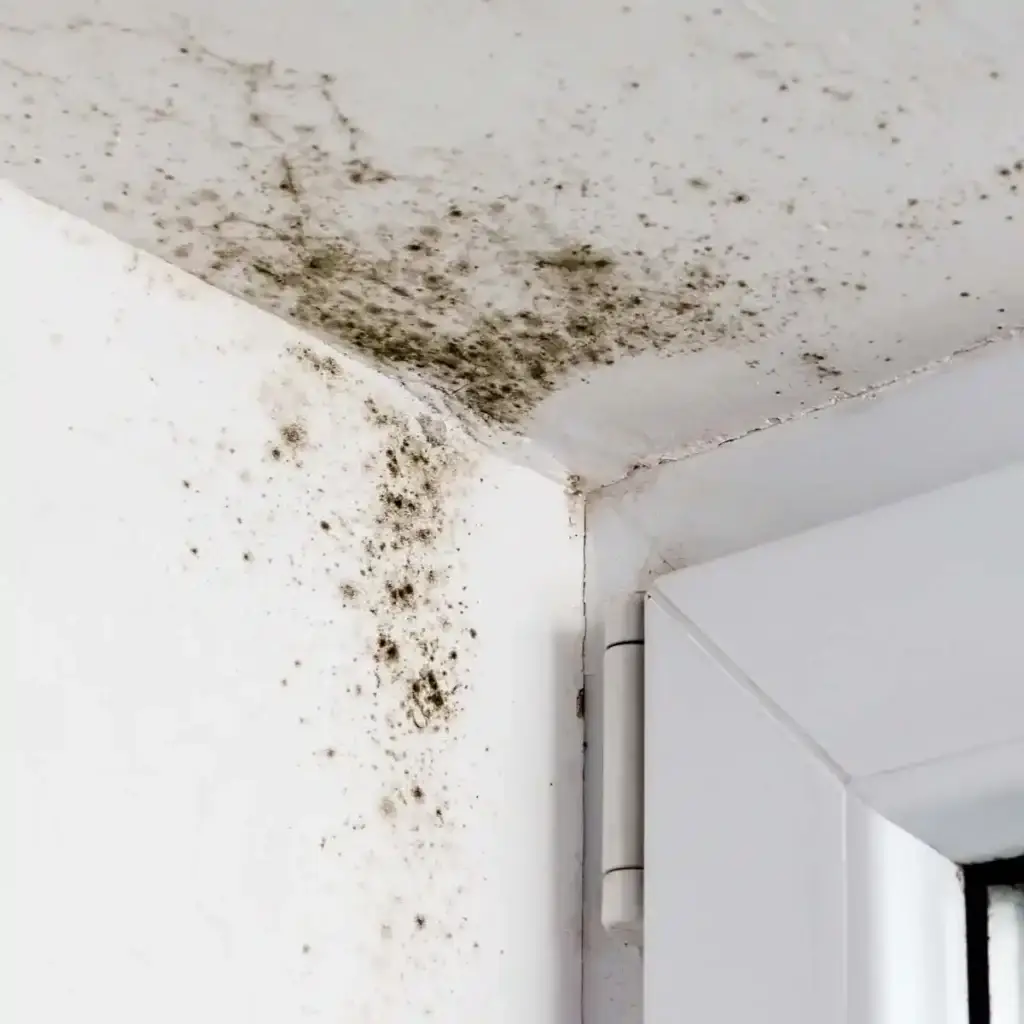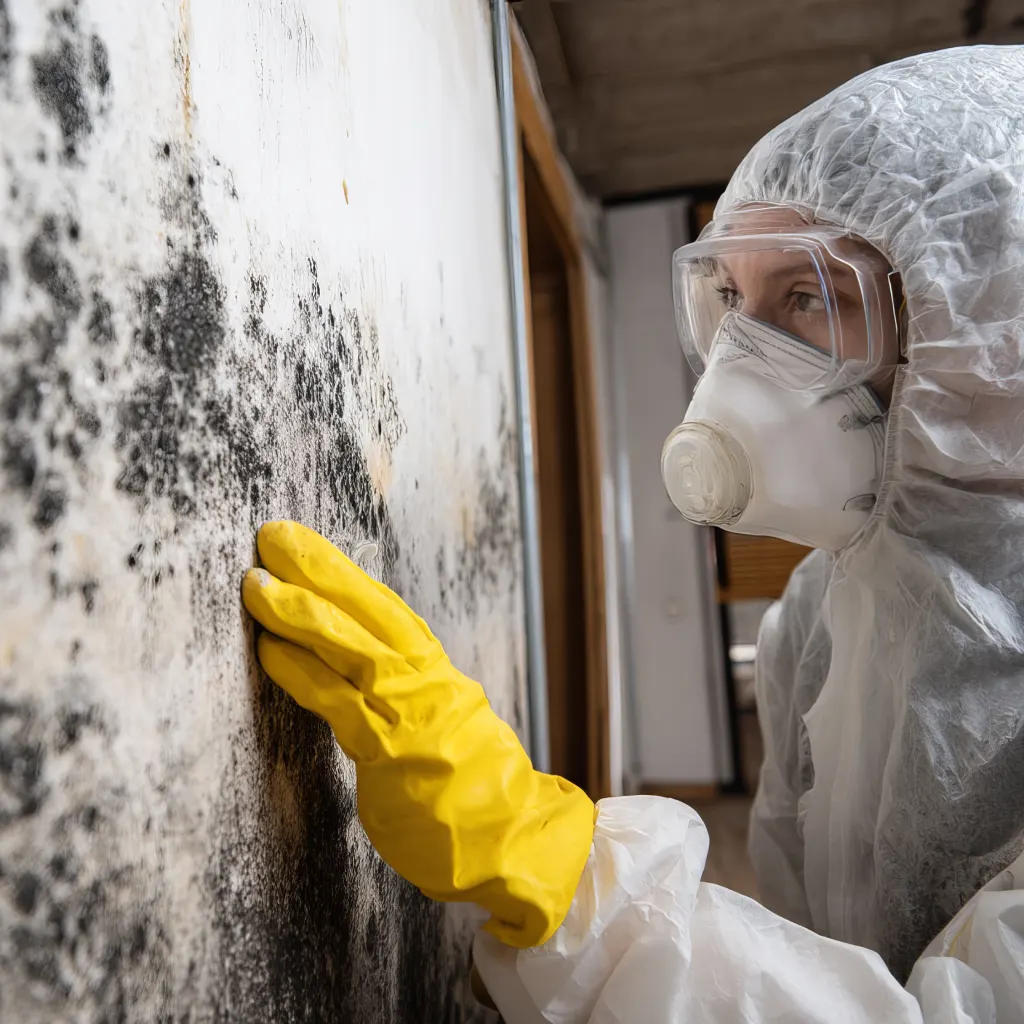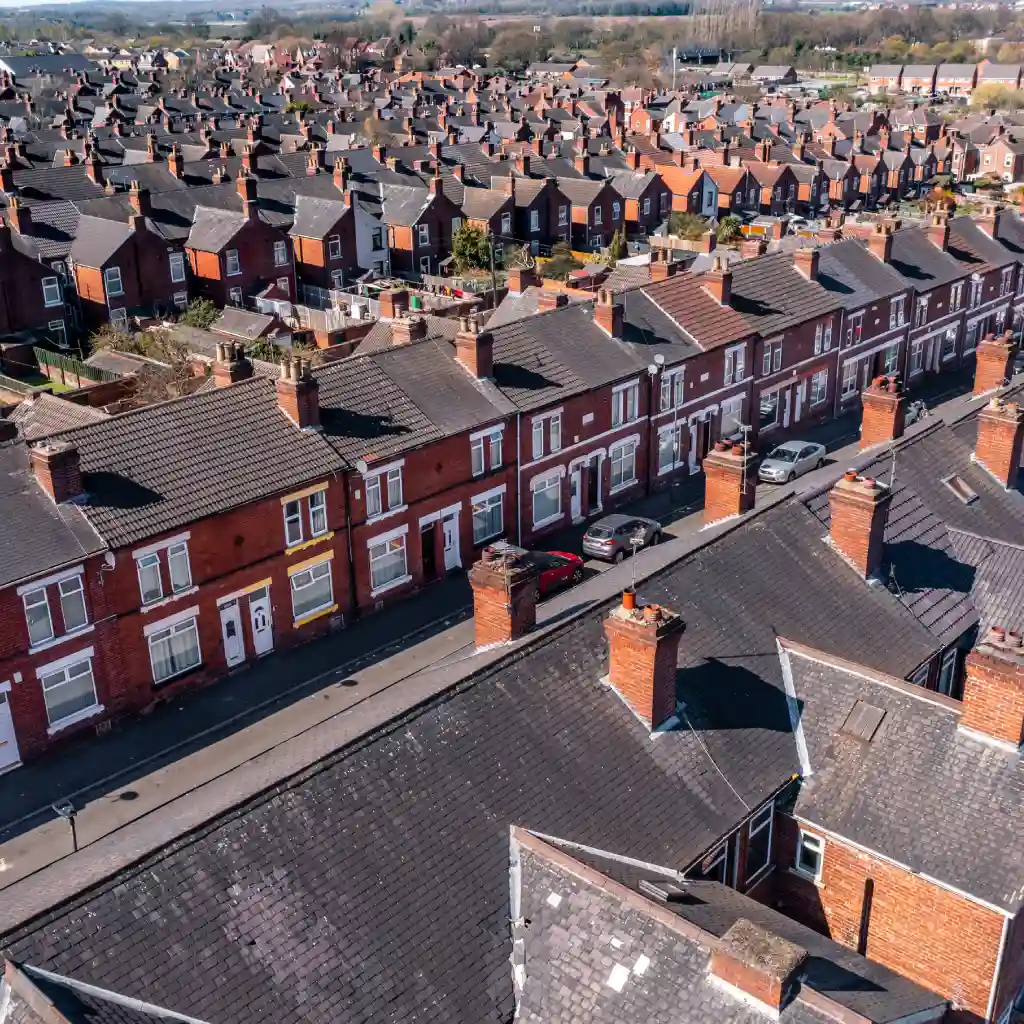Awaab’s Law (2025): Guidance for Social Landlords
- Social Landlords
Protecting residents. Strengthening accountability. Ensuring safe homes.
From October 2025, all social landlords in England, including housing associations and local authorities, must comply with Awaab’s Law. The legislation enforces clear deadlines for investigating and repairing damp, mould, and related health hazards, ensuring residents never again live in unsafe conditions caused by delayed action.
This guide explains your new duties, how to prepare your organisation, and how Ideal Response can help you achieve full compliance efficiently and transparently.
Alternatively, call us on 01622 926 505


Understanding your legal obligations
Awaab’s Law is legally binding for all social landlords, setting strict timeframes for investigation, reporting, and remediation of damp and mould issues.
Under the October 2025 regulations, landlords must:
- Investigate reports of damp or mould within 10 working days.
- Provide written findings to the tenant within 3 working days of inspection.
- Start remedial works within 5 working days once a hazard is confirmed.
- Make safe any emergency hazard within 24 hours.
- Complete works as soon as reasonably possible, typically within 12 weeks.
You must also maintain written records of all reports, inspections, and communications. Failure to meet these obligations can lead to regulatory enforcement, ombudsman investigations, or compensation claims for disrepair and ill health.
Preparing your organisation for compliance
Meeting these standards requires planning, training, and reliable evidence management.
1. Build a centralised reporting system
Ensure you have established a digital logging system where every tenant report, whether by phone, email, or app, is timestamped, categorised, and assigned. Each report should link to photographs, inspection results, and actions taken.
2. Appoint qualified inspectors
Inspections must be carried out by competent professionals who can identify structural causes of damp, measure humidity and temperature, and produce evidential reports. Untrained staff or contractors risk inaccurate diagnosis and compliance failure.
3. Communicate transparently
Awaab’s Law emphasises tenant communication. Always acknowledge reports in writing, provide updates after each inspection, and explain when works will start and finish. For vulnerable residents, use plain-language letters and accessible formats.
4. Document every step
The Regulator of Social Housing expects landlords to maintain an auditable record trail from complaint to completion. This includes:
- Tenant report date/time
- Photos, readings, and findings
- Action logs
- Contractor details
- Completion sign-off
Common challenges for social landlords
Access issues
Tenants may refuse access or miss appointments. Keep written evidence of attempts, alternative dates offered, and communications, as it proves compliance with your duty of care.
Resource constraints
Surges in reports are expected once enforcement begins. Pre-plan surge capacity by partnering with trusted, certified contractors such as Ideal Response.
Data fragmentation
Disparate systems (repairs, housing, asset management) make compliance tracking difficult. Integrate or cross-reference systems so all damp and mould data lives in one accessible hub.
Repeat cases
Recurring mould means underlying causes haven’t been fixed. Focus on root-cause repair like ventilation, insulation, or structural work, not just surface cleaning.

How Ideal Response supports social landlords
With over 20 years of nationwide experience, Ideal Response partners with housing associations and local authorities to help them meet and exceed the requirements of Awaab’s Law. Our end-to-end service covers everything from evidence gathering to complete mould remediation and ongoing compliance support.
Comprehensive compliance solutions
Compliance surveys
Our certified surveyors carry out Awaab’s Law–aligned mould and damp inspections, using advanced moisture mapping, humidity readings, and air-quality testing. Reports include photographic evidence and are formatted for regulator-ready submission, giving you a clear, defensible audit trail.
Certified remediation
We use industry-approved methods. This includes HEPA filtration, containment, and antimicrobial treatments to safely remove contamination while protecting both residents and property fabric. All works are completed to recognised British Standards for mould remediation.
Portfolio risk reviews
Ideal Response helps housing providers prioritise properties based on risk factors such as recurring complaints, vulnerable residents, and poor ventilation or insulation. This enables proactive intervention before issues escalate into enforcement or health incidents.
Why partner with Ideal Response
- Compliance assurance: Reports, processes, and evidence designed for Awaab’s Law audits.
- Wide coverage: Rapid response teams available across the UK.
- End-to-end service: From survey and remediation to documentation and prevention.
- Technical expertise: IICRC-trained specialists with decades of housing experience.
- Collaborative approach: We work seamlessly with your internal systems and staff to deliver lasting results.
Why property owners nationwide recommend Ideal Response
Discover why property owners nationwide trust Ideal Response for expert leak detection, damp surveys, hoarder cleaning, mould removal, and flood or fire restoration. Our clients consistently praise our rapid response, technical precision, and compassionate service that makes recovery stress-free.
EXCELLENTTrustindex verifies that the original source of the review is Google. Excellent company I cannot praise them enough. Detected a large water leak under our kitchen floor and repaired, good reports for the Insurance company. Everyone was involved were very professional and friendly during a difficult time.Posted onTrustindex verifies that the original source of the review is Google. Steve, Dave, Danny, Renatas and Dan P were helpful, proffesional and did a good job.Posted onTrustindex verifies that the original source of the review is Google. Andreea and Petru amazing job!!Posted onTrustindex verifies that the original source of the review is Google. Excellent 👍Posted onTrustindex verifies that the original source of the review is Google. Great servicePosted onTrustindex verifies that the original source of the review is Google. I used Ideal for their leak detection service following a dispute with Thames water. I can honestly say from booking an appointment through to inspection and completion, I experienced a very professional service. Ben and Dave attended my property to carry out the inspection and subsequent works to repair. I was informed on an accurate time of arrival, and advised on each stage of the leak detection, great job by the lads I would happy recommend & use the services again. Simon South CroydonPosted onTrustindex verifies that the original source of the review is Google. Nice servicePosted onTrustindex verifies that the original source of the review is Google. I would like to thank Steve and his assistant for their understanding and the great job they have done cleaning and clearing a family member’s flat. This is a difficult time for the family and Steve’s understanding was much appreciated.Posted onTrustindex verifies that the original source of the review is Google. DON’T USE. I only gave 1 star for turning up prompt. I have a damp ceiling and asked Ideal Response to survey my roof/ceiling to locate where the water was coming in, this cost £320 plus Vat, in total £420. Mick Ideal Response surveyor said he was mystified as to where the water was coming in, even though he measured damp inside the room on the ceiling. He could not give us an answer, he only told us what we already knew about the damp marks on the ceiling. I have today had a local roofer come in free of charge and within seconds, on the roof, he found the problem to be a split in the lead flashing against the outside wall - why o why didn’t I go to this roofer first. Big question, why didn’t Mick from Ideal Response find this, Mick was on the roof a lot longer than the roofer. I think £420 inc of VAT was easy money for Ideal Response.Posted onTrustindex verifies that the original source of the review is Google. Had engineer Dave attend my home to locate water leak from the stop cock on pavement too the same in my house . Done all the tests and found it was on the Anglia water side on pavement, professional team from the office and Dave who attended. I would highly recommend thanks guys.Verified by TrustindexTrustindex verified badge is the Universal Symbol of Trust. Only the greatest companies can get the verified badge who has a review score above 4.5, based on customer reviews over the past 12 months. Read more
Awaab's Law for social landlords FAQs
What happens if we miss the 10-day investigation deadline?
Failure to meet deadlines may result in regulatory action or ombudsman intervention. Keep evidence of all attempts and delays beyond your control.
How do we prove we’re compliant?
Maintain an evidence pack with logs, readings, and written updates. Ideal Response provides reports designed for compliance audits
Do we need to inspect every complaint in person?
Most cases require site visits, but initial triage can be remote if supported by photos and readings and then followed by prompt inspection when needed.
Can we outsource mould remediation?
Yes. Outsourcing to certified specialists ensures faster resolution and full compliance documentation.
Will the same rules apply to temporary accommodation?
Yes. All managed housing falls under the same response standards.
Need help ensuring compliance?
Disclaimer
This page reflects draft guidance as of October 2025. Final details may change; always check the latest Government publications.